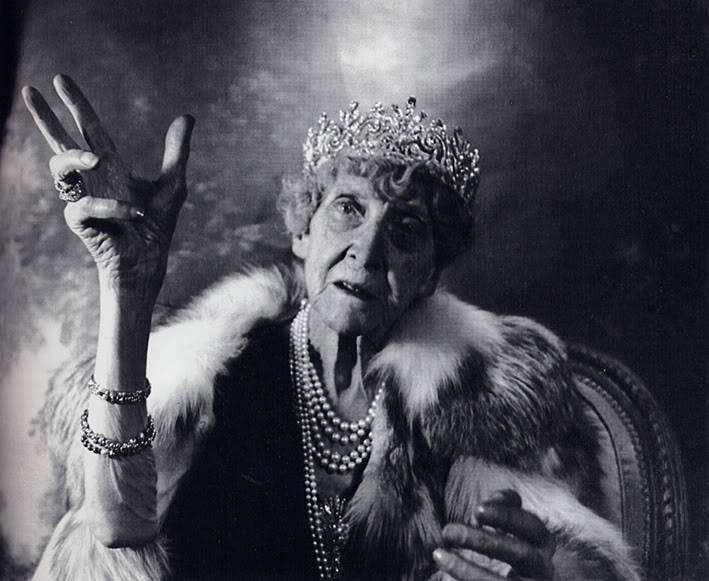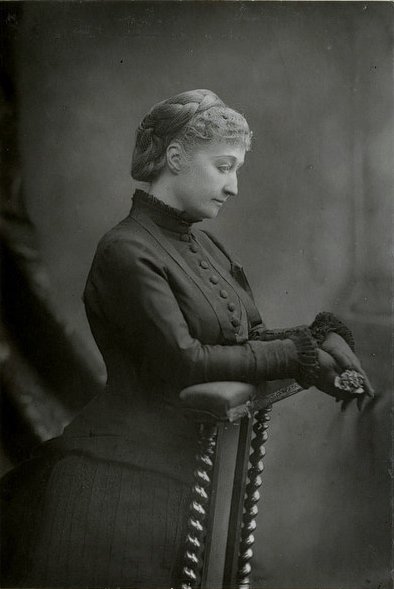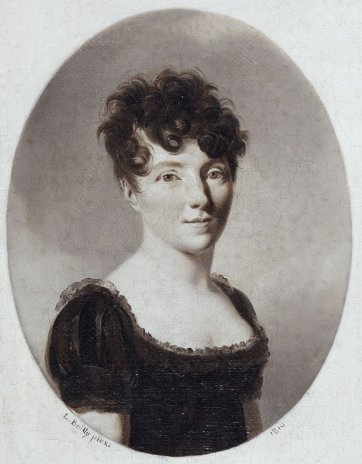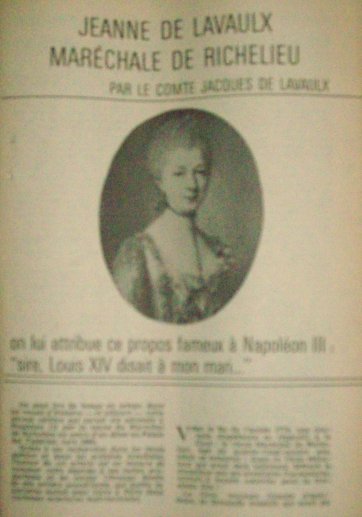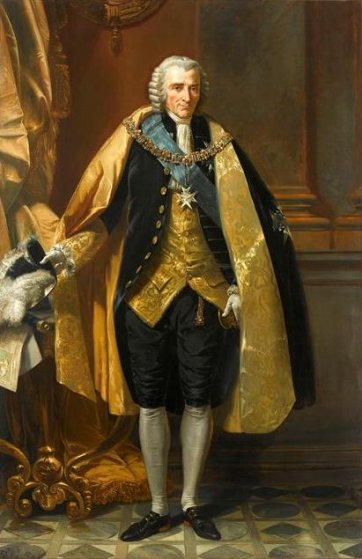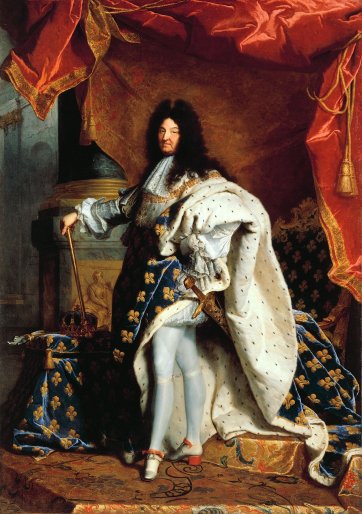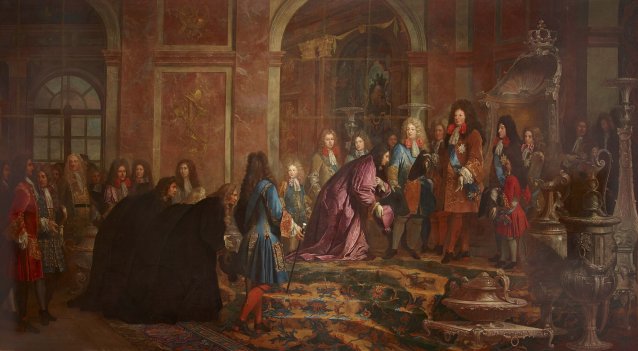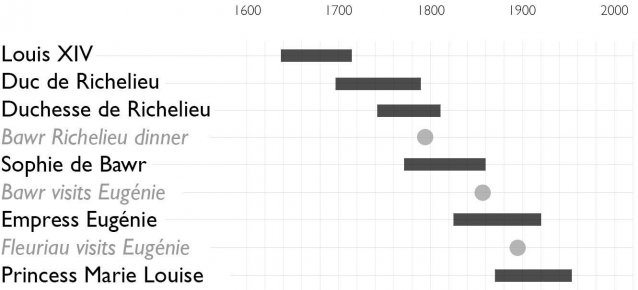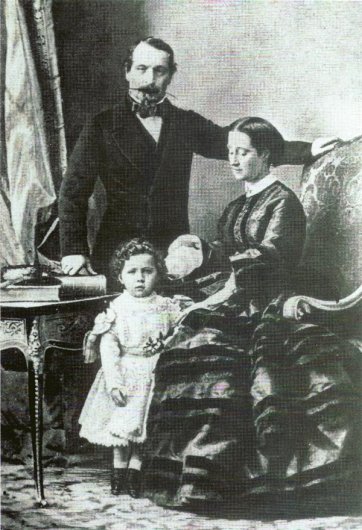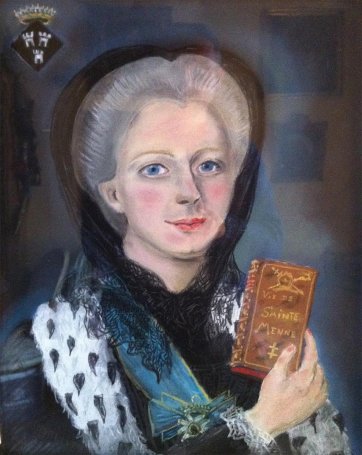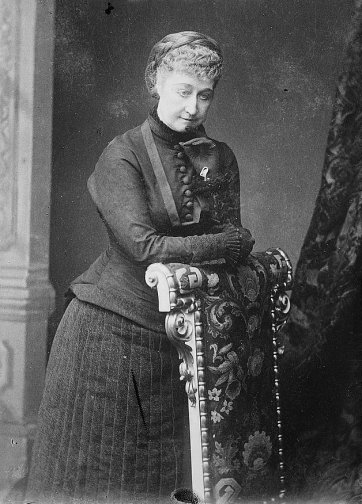This year (in March) we will celebrate the twentieth anniversary of the formal establishment of the National Portrait Gallery. In the life of institutions, twenty years is not a long time. From the vantage point of middle age, twenty years certainly feels disturbingly brief. I suppose it all depends on how you take the measure of time. Twenty years ago the Art Gallery of South Australia didn’t have or use email. We managed perfectly well without it, but I can’t quite remember how. Quite often I yearn for those less frenetic and far less constantly distracting days. In that context, twenty years feels like an eternity. Anyhow, this has prompted me to think about the ebbing and flowing rhythms of time.
I am also reminded that in the late 1970s, a friend of mine was taken to visit the widowed English grandmother of a university acquaintance of his somewhere in Shropshire. The acquaintance warned my friend beforehand that the old lady’s preferred conversational gambit upon sitting down to lunch was to turn to her next-door neighbour and launch proceedings with the startling phrase: “As the Dalai Lama said to me…” My friend was duly seated next to the grandmother and, sure enough, as predicted, this was what she actually said—and my friend got the giggles.
Presumably, by disclosing in this bold manner an easy acquaintanceship with such an eminent, even unlikely person (at least in deepest Shropshire), the stratagem may achieve an immediate effect of heightened drama and enable you to conduct the rest of your conversation entirely unimpeded. From time to time I have chanced upon other examples of this ingenious practice, most of which were deployed by ladies either rich in experience, or very old indeed. I must try it.
